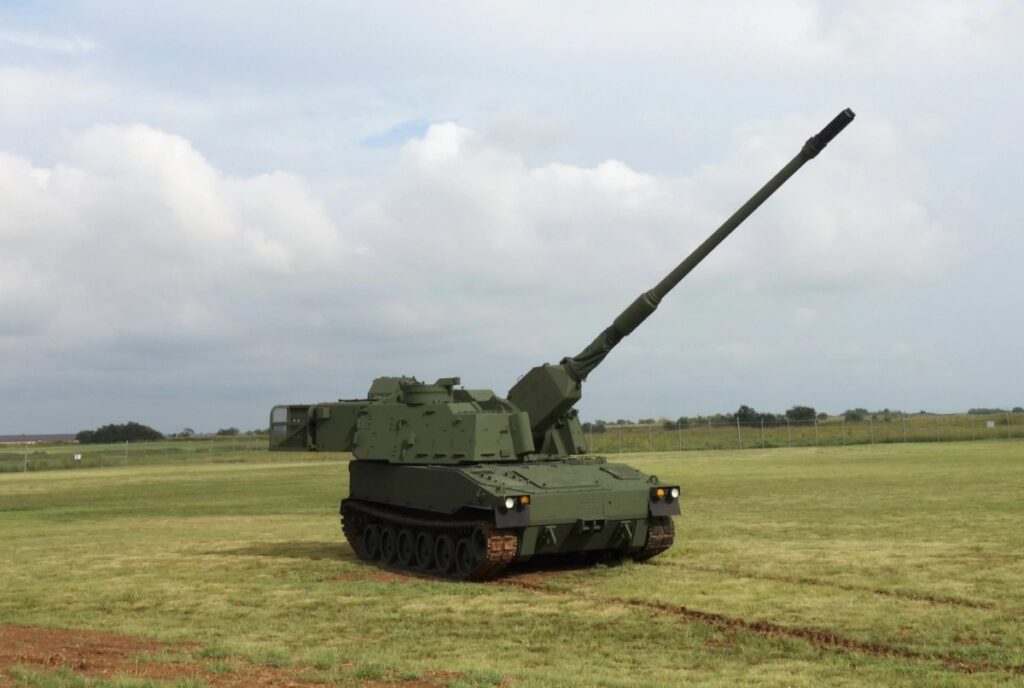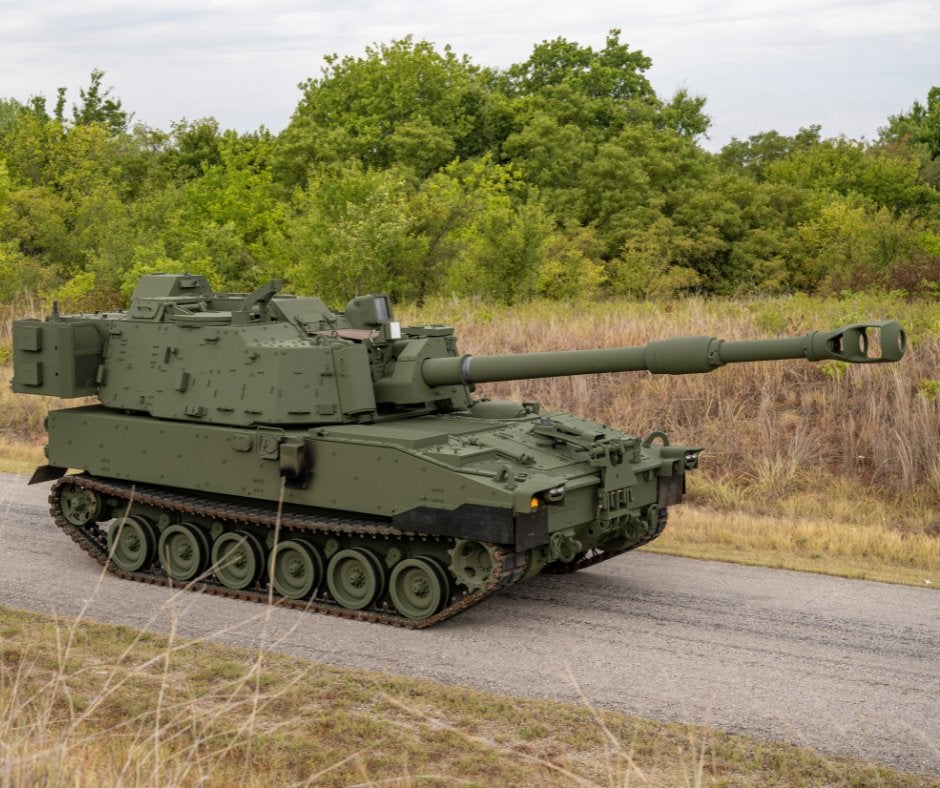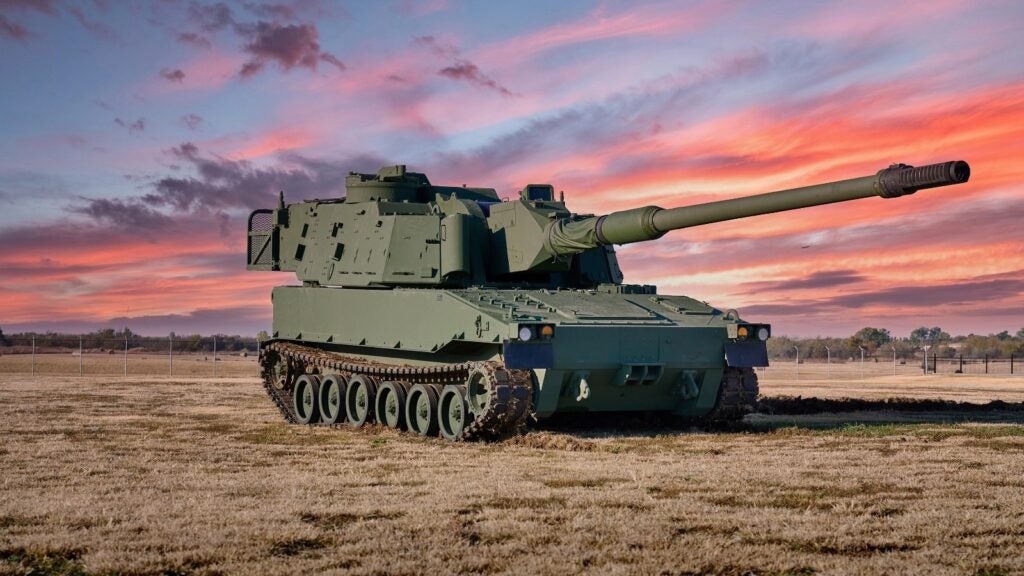BAE and US Army Advance M109-52 Development to Increase Artillery Range
BAE Systems has partnered with the US Army to develop a prototype M109-52 self-propelled howitzer (SPH). This prototype takes the chassis and turret from the M109A7 and combines it with the Rheinmetall L52 155mm cannon. This cannon is the same as mounted on the very successful PzH2000 which has seen considerable service in Ukraine. The partnership is a Cooperative Research and Development Agreement (CRADA) between BAE and the US Army Combat Capabilities Development Command Armaments Center (DEVCOM-AC) which allows the two organizations to work together on the systems development.
The M109-52 was originally a self-funded project independently started by BAE and who anticipated the Army’s interest. Previously the DEVCOM-AC managed the Extended Range Cannon Artillery program which developed the XM1299 SPH with its record-setting 58 caliber cannon. This system demonstrated remarkable range performance but issues with barrel wear and suspension strain led to cancellation in 2024 leaving the Army searching for a new SPH.

In late 2024 the Army began a SPH-Demonstration which reviewed existing allied advanced artillery systems from Germany, Sweden, Israel, and South Korea. Specifically these were the RCH 155 (both on Boxer and the Piranha 10×10), Archer, Sigma, and the K9. These systems are amongst the best SPHs in the world and buying one of them off-the-shelf would forgo a costly development cycle. This evaluation will continue through much of 2026 to determine if any suit the Army’s needs.
BAE advertises the M109-52 as a low-risk solution that is also more cost effective than procuring an allied off-the-shelf system. The Army already widely operates the M109A7 which shares a chassis and other components with the new 52 caliber platform. Additionally the purpose of the M109A7 was to integrate the M109A6 Paladin turret with the Bradley chassis to increase capacity and simplify logistics and maintenance. Since the AMPV also shares the Bradley chassis this would mean that all medium weight US Army tracked vehicles would share a common chassis. This would greatly simplify logistics and training.

One of the big questions is whether the M109-52 will incorporate an autoloader as do all the systems in the SPH-Demonstration. The turret appears unchanged so this seems unlikely. Another question is whether the overall SPH modernization effort will survive major cuts to the US Army as it reorients to a fight in the pacific. In such a case short-range artillery are of limited utility when rocket systems like HIMARS offer much greater range and mobility, albeit at the cost of magazine depth.

